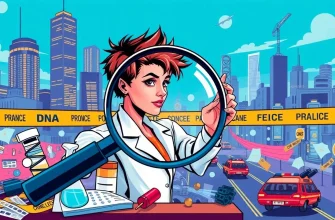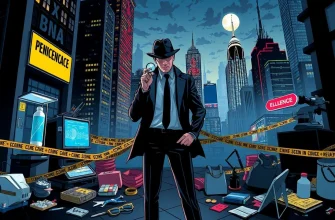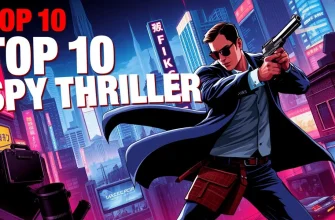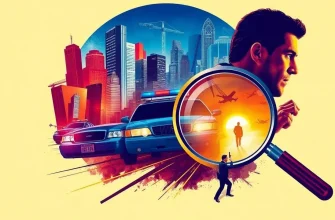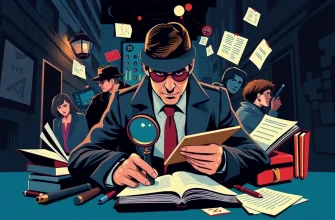If you're a fan of suspense, twists, and the thrill of solving a mystery, this collection of films is for you. Each movie in this list delves into the dark and intricate world of murder mysteries, offering not just a puzzle to solve but also a deep dive into human psychology and the art of deception. From classic whodunits to modern psychological thrillers, these films will keep you on the edge of your seat, questioning every clue and suspect.
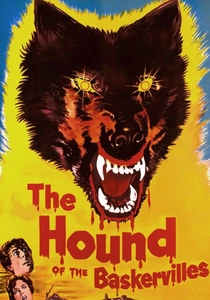
The Hound of the Baskervilles (1959)
Description: This adaptation of Sir Arthur Conan Doyle's classic tale features Sherlock Holmes solving the mystery of a legendary hound that haunts the Baskerville family. Its inclusion in this list is due to its atmospheric tension and the intricate plot that keeps viewers guessing.
Fact: This film was the first of Hammer Film Productions' adaptations of Sherlock Holmes stories, and it was filmed in Technicolor, enhancing its eerie atmosphere.
 Watch Now
Watch Now
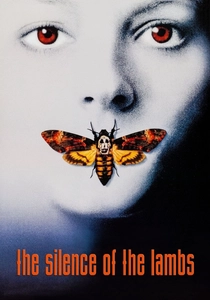
The Silence of the Lambs (1991)
Description: Clarice Starling, an FBI agent, enlists the help of cannibalistic psychiatrist Hannibal Lecter to catch another serial killer. Its chilling portrayal of psychological manipulation and suspense makes it a classic.
Fact: It is one of only three films to win the "Big Five" Academy Awards: Best Picture, Best Director, Best Actor, Best Actress, and Best Adapted Screenplay.
 Watch Now
Watch Now

Se7en (1995)
Description: Two detectives, one new to the city and the other about to retire, hunt a serial killer who uses the seven deadly sins as his motives. Its gritty realism and psychological depth make it a must-watch for thriller enthusiasts.
Fact: The film's ending was kept secret from the cast and crew until the final days of shooting to ensure genuine reactions.
 Watch Now
Watch Now
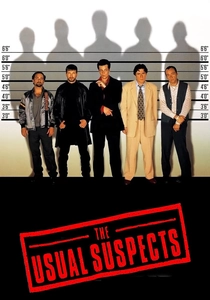
The Usual Suspects (1995)
Description: A tale of five criminals who meet in a police lineup and later get involved in a heist, only to be hunted by a mysterious figure known as Keyser Söze. Its twist ending and narrative structure have made it a benchmark for mystery films.
Fact: The film's iconic line, "The greatest trick the devil ever pulled was convincing the world he didn't exist," was improvised by Kevin Spacey.
 Watch Now
Watch Now
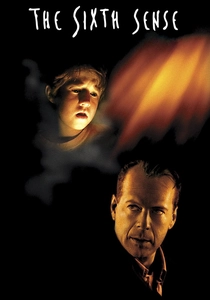
The Sixth Sense (1999)
Description: A young boy who communicates with spirits seeks help from a psychologist, leading to an unforgettable twist that redefined the thriller genre. Its psychological depth and emotional impact are why it's included here.
Fact: The film's ending was so well-kept that even the actors didn't know the full story until the premiere.
 Watch Now
Watch Now

Zodiac (2007)
Description: Based on the true story of the Zodiac Killer, this film follows the investigation by a cartoonist and two detectives, capturing the frustration and obsession of trying to catch an elusive murderer.
Fact: David Fincher, the director, spent 18 months researching the case to ensure the film's accuracy.
 Watch Now
Watch Now
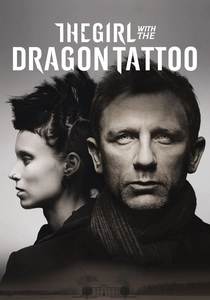
The Girl with the Dragon Tattoo (2011)
Description: Based on Stieg Larsson's novel, this film follows journalist Mikael Blomkvist and hacker Lisbeth Salander as they investigate a decades-old disappearance, uncovering a web of murder and corruption. Its complex narrative and dark themes make it a standout in the genre.
Fact: The film was nominated for five Academy Awards, including Best Actress for Rooney Mara's portrayal of Lisbeth Salander.
 Watch Now
Watch Now

Gone Girl (2014)
Description: When Nick Dunne's wife Amy disappears, he becomes the prime suspect in a media frenzy. The film's exploration of marriage, media, and manipulation adds layers to the mystery.
Fact: The film's ending was changed from the book to provide a more satisfying conclusion for movie audiences.
 Watch Now
Watch Now
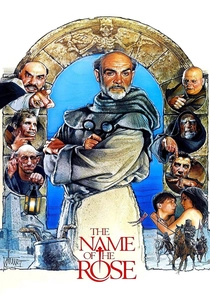
The Name of the Rose (1986)
Description: A medieval monk investigates a series of murders in a monastery, uncovering secrets and heresies. Its historical setting and intellectual depth make it a unique entry in the genre.
Fact: The film was shot in several locations in Italy and Germany to capture the authentic medieval atmosphere.
 30 Days Free
30 Days Free
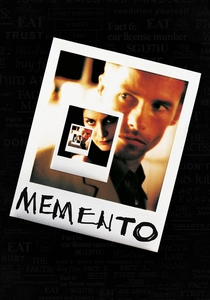
Memento (2000)
Description: Leonard Shelby, suffering from short-term memory loss, uses notes and tattoos to hunt for his wife's killer. Its unique narrative structure, told in reverse, makes it a compelling addition to this list.
Fact: The film was shot in two different ways: one in color moving backwards and one in black and white moving forward, which were then intercut.
 30 Days Free
30 Days Free



